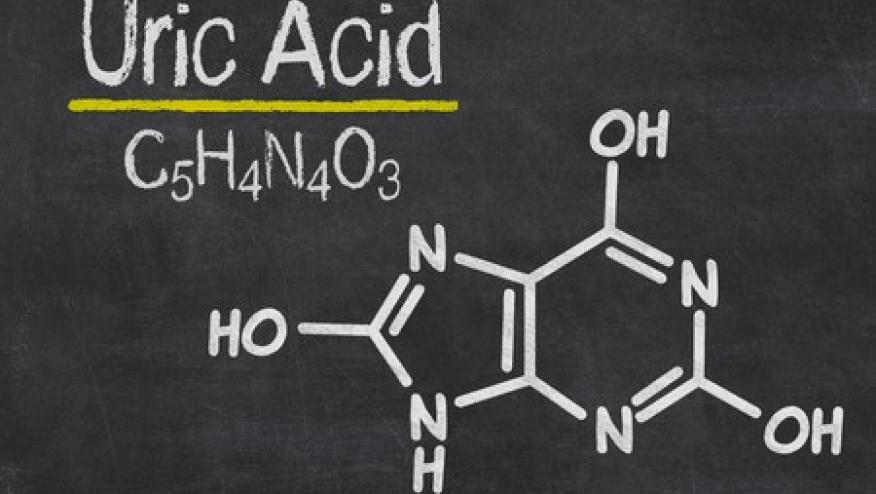Alcohol Differences in Urate Level Elevation Save

Does serum urate elevation differ with different types of alcohol consumption? A Japanese study shows beer and wine was associated with high and moderate increases in uric acid but less so with sake.
A cross-sectional study of Japanese adults (over age 20 yrs) examined effects of different alcohol types on lab results. Analyses were standardized the unit of intake for ethanol content. Specifically they looked at the effects of beer, sake (rice wine), shochu (Japanese spirit), wine, and whiskey.
From a total of 78 153 adults (without gout), 45 755 (58.5%) were regular alcohol drinkers. Beer drinking was dominant in men (59%) and women (29%), yet whiskey was fare less consumed in men (6%) and women (1.3%).
Those who consumed beer consistently elevated serum urate levels. β coefficients (for 1 standard drink per day) of 0.14 mg/dL (95% CI, 0.11-0.17 mg/dL; P < .001) for men and 0.23 mg/dL (95% CI, 0.20-0.26 mg/dL; P < .001) for women.
A moderate increase in serum urate levels was observed in the wine-dominant group compared with a modest and nonsignificant increase in the sake group (β coefficients 0.05 mg/dL in men and 0.04 mg/dL in women). Among men, beer and whiskey had the greatest effect on serum urate levels, but whiskey had a far less effect in women.
Different for alcoholic beverages may alter urate levels differently. Beer consumption is still the major culprit in driving up uric acid levels.










If you are a health practitioner, you may Login/Register to comment.
Due to the nature of these comment forums, only health practitioners are allowed to comment at this time.